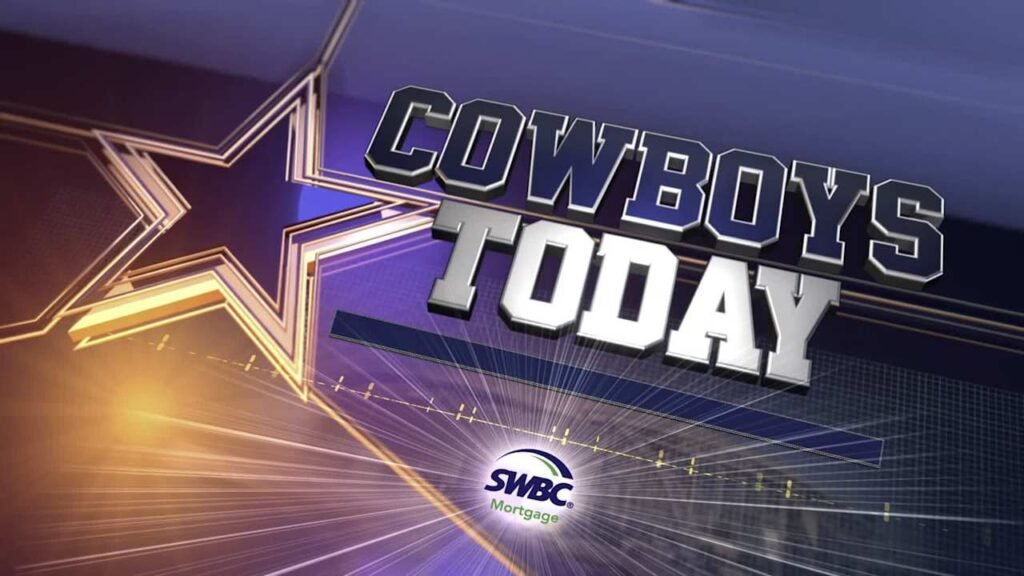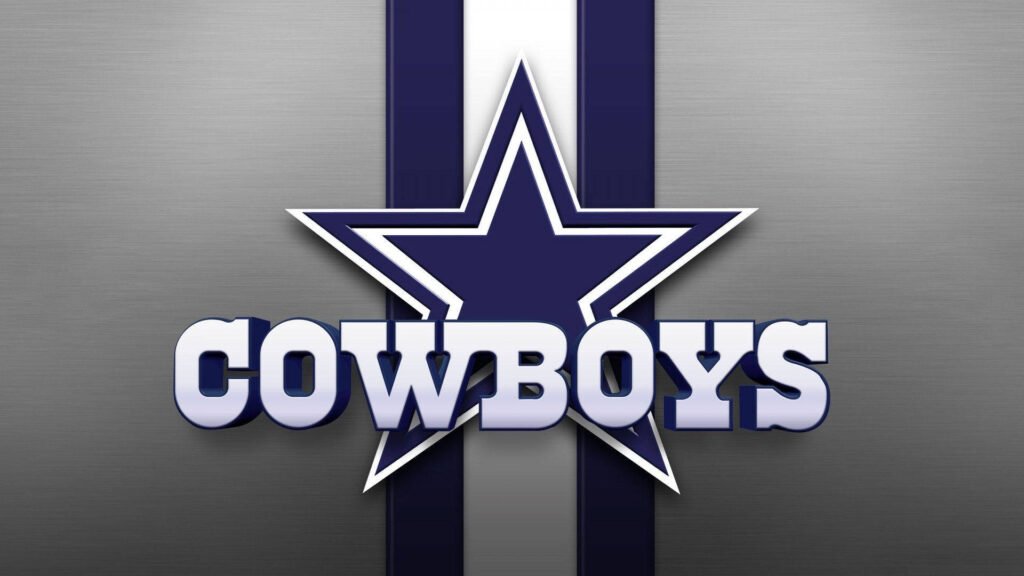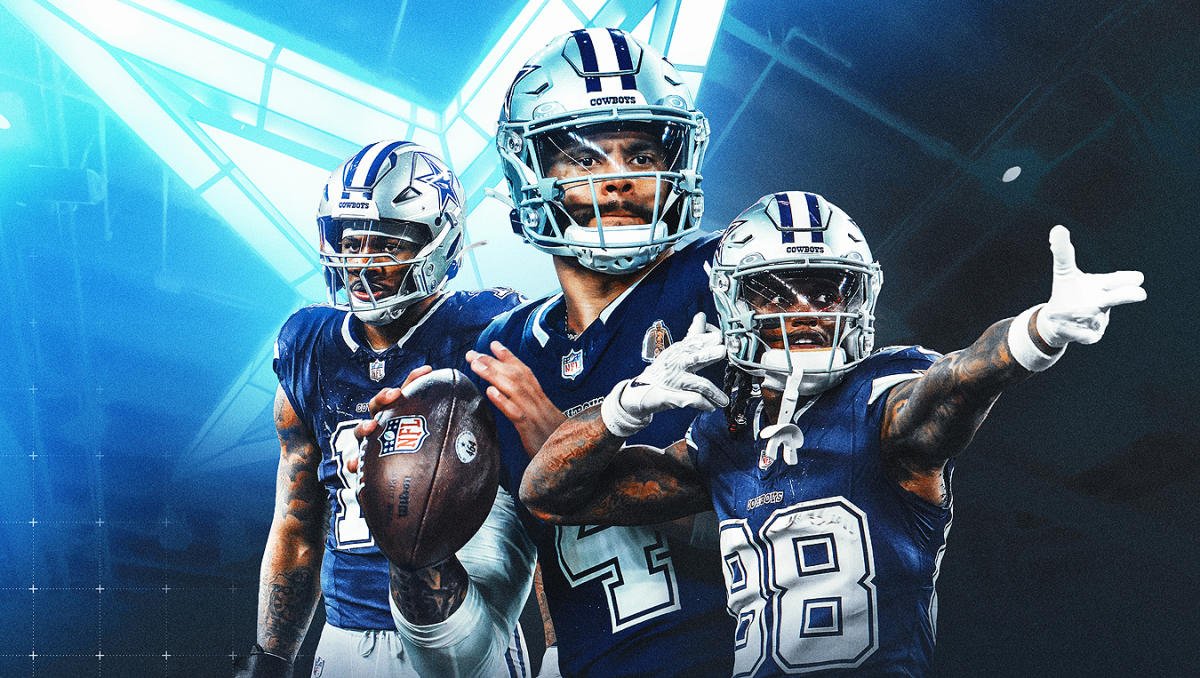When we think of the American Wild West, one of the first images that comes to mind is a cowboy riding through the dusty plains, lasso in hand, beneath the wide-open skies. Cowboys have become an integral part of American culture, embodying freedom, rugged individualism, and the spirit of adventure. But how much do we really know about these iconic figures? From their origins to their enduring legacy, cowboys played a significant role in shaping not just the American West but the very identity of the United States. Let’s dive deep into the fascinating world of cowboys.
H2: The Origins of Cowboys
The cowboy as we know it emerged in the mid-1800s, but their roots can be traced back much earlier. The term “cowboy” itself has origins in Mexico, where “vaqueros” (a word derived from the Spanish “vaca,” meaning cow) were the skilled horsemen who managed livestock. The vaqueros’ techniques of roping, herding, and cattle care deeply influenced what became known as the American cowboy culture.
As the American frontier expanded westward and ranching became more prevalent, the need for skilled cattlemen grew. Ranchers borrowed heavily from the vaquero tradition, adopting their tools, techniques, and even their fashion. By the late 1800s, cowboys were a common sight on the open ranges of Texas, New Mexico, Arizona, and beyond.
H3: Cowboys in the Old West
The Old West was a time of rapid change, expansion, and conflict. Cowboys were at the heart of it all, driving cattle over long distances from Texas ranches to railheads in Kansas and beyond. The open range offered vast tracts of land for grazing, but it also came with its own set of dangers, from hostile encounters with Native American tribes to battles over land with farmers and sheep herders.
H3: Influence of Mexican Vaqueros
Mexican vaqueros brought not only their skills but also their distinctive style, including wide-brimmed hats, spurs, chaps, and the use of lassos. This influence is still seen in modern cowboy gear today. The vaqueros were the true predecessors of American cowboys, passing down a rich tradition of horsemanship and cattle management.
H2: The Role of Cowboys in the American West
Life as a cowboy was tough, gritty, and often dangerous. Their primary role was to drive cattle across long distances to railroads, where they would be shipped to slaughterhouses in the East. This process, known as the cattle drive, could last for months, with cowboys spending weeks on horseback, exposed to the elements, and constantly on guard for threats from weather, rustlers, and wildlife.
H3: Cattle Drives and Open Ranges
Cattle drives were a key feature of the cowboy lifestyle, with some of the most famous trails being the Chisholm Trail and the Great Western Cattle Trail. These drives could stretch for hundreds of miles and take months to complete. Cowboys worked tirelessly to keep the herd together, relying on their horses and their skills to ensure the cattle reached their destination.
H3: Daily Life of a Cowboy
The daily life of a cowboy was far from glamorous. It involved waking up before dawn, rounding up cattle, and riding long hours in the saddle. Nights were spent around a campfire, eating simple meals like beans and hardtack. Sleep was often interrupted as cowboys took turns keeping watch over the herd, ready to leap into action at the first sign of a stampede or rustlers.
H3: The Cowboy Code of Conduct
While not a formalized set of laws, the cowboy code was an unwritten set of rules that guided their behavior. Honor, loyalty, and toughness were key traits. A cowboy’s word was his bond, and he was expected to treat others with respect, especially fellow cowboys. Even in the lawless expanse of the West, cowboys lived by a strong moral compass, which has been romanticized in countless books, films, and songs.

H2: The Gear and Tools of Cowboys
Cowboys were nothing without their gear, which was not just for show but a matter of survival on the trail.
H3: Essential Cowboy Gear: Hats, Boots, and Spurs
The cowboy hat, designed to protect from the sun and rain, is one of the most iconic symbols of the cowboy. Boots with high heels allowed cowboys to keep their feet firmly in the stirrups, and spurs were used to give commands to their horses. Each piece of gear had a specific function, honed through years of practice and necessity.
H3: The Lasso and Its Importance
Perhaps the most essential tool in a cowboy’s arsenal was the lasso. Used to rope cattle, it was a versatile tool that required great skill to wield effectively. Cowboys would spend hours practicing with their lassos, perfecting their aim to catch cattle that had strayed from the herd.
H3: Saddles and Horses
The relationship between a cowboy and his saddle was as important as his relationship with his horse. A good saddle could mean the difference between a smooth ride and hours of pain. Custom-made for each rider, saddles were designed for both comfort and utility, complete with places to hang ropes, canteens, and other essentials.
H2: Cowboys and Horses
A cowboy’s horse was more than just transportation—it was a partner. The bond between a cowboy and his horse was forged through trust, long hours together, and mutual dependence. Cowboys spent countless hours training their horses, teaching them to follow commands, stay calm in stressful situations, and remain sure-footed in difficult terrain.
H3: How Cowboys Trained Their Horses
Training a horse was an art form, and cowboys took great pride in their ability to work with their animals. Through patience, repetition, and a deep understanding of the horse’s nature, cowboys would teach their mounts to be responsive, obedient, and reliable, even in the most chaotic of situations.
H3: Famous Breeds Used by Cowboys
Certain horse breeds were favored by cowboys for their stamina, agility, and strength. The American Quarter Horse, known for its speed over short distances, was a favorite for cattle work. The Mustang, with its wild spirit and endurance, was another popular choice, especially for cowboys who needed a horse that could withstand the rigors of the open range.
H2: Famous Cowboy Figures in History
The cowboy era gave rise to legendary figures, some real and some fictional, whose stories have become the stuff of Wild West lore.
H3: Legendary Cowboys Like Billy the Kid, Wild Bill Hickok, and Wyatt Earp
Billy the Kid, the infamous outlaw, and Wild Bill Hickok, the legendary lawman,
are just two examples of cowboys whose lives have become the subject of countless stories, films, and TV shows. Wyatt Earp, another iconic figure, was known for his role in the gunfight at the O.K. Corral, one of the most famous shootouts in Western history.

H3: Women Cowboys: Calamity Jane and Annie Oakley
Women were not entirely absent from the cowboy narrative. Calamity Jane, a sharpshooter and frontierswoman, and Annie Oakley, known for her incredible marksmanship, both carved out their own place in the Wild West’s history. Their stories challenge the traditional, male-dominated image of cowboys and prove that women, too, played significant roles on the frontier.
H2: Cowboys in Popular Culture
Cowboys have long been romanticized in literature, film, and television. From early dime novels to modern blockbusters, cowboys are often portrayed as larger-than-life heroes, riding into the sunset to fight for justice, freedom, and adventure.
H3: Cowboys in Literature and Dime Novels
Dime novels of the 19th century played a crucial role in spreading the legend of the cowboy. These cheaply made, widely distributed stories often exaggerated the exploits of real-life cowboys, turning them into heroic figures battling against outlaws and hostile forces in the untamed West.
H3: Cowboys on the Silver Screen
Hollywood further immortalized the cowboy, with stars like John Wayne, Clint Eastwood, and Gary Cooper defining the cowboy archetype. Western films became a staple of American cinema, celebrating the cowboy’s ruggedness, independence, and moral code.
H3: The Evolution of Cowboy Imagery in Modern Media
While classic Westerns focused on gunfights and frontier justice, modern depictions of cowboys have become more nuanced. Films like “Brokeback Mountain” and “No Country for Old Men” explore the complexities of the cowboy lifestyle, addressing themes of isolation, masculinity, and the fading frontier.
H2: The Decline of the Cowboy Era
The cowboy’s dominance in the American West was relatively short-lived, lasting only a few decades before modern technology and changing landscapes rendered their way of life obsolete.
H3: Introduction of Barbed Wire and Fenced-in Ranches
One of the key factors in the decline of the cowboy era was the invention of barbed wire. Before barbed wire, ranchers relied on open ranges to graze their cattle. With the introduction of fences, land became more controlled and cattle drives became less necessary.
H3: Railroads and the End of the Cattle Drives
The expansion of the railroad system also contributed to the end of long cattle drives. Cattle could now be transported more efficiently by train, eliminating the need for cowboys to guide herds across vast distances.
H3: Urbanization and the Changing American Landscape
As the American frontier closed and cities began to grow, the need for cowboys diminished. Many former cowboys transitioned into other forms of ranching or moved into urban areas, leaving behind the open range.
H2: Cowboys and Rodeo Culture
While the traditional cowboy lifestyle may have faded, its legacy lives on in rodeo culture. Rodeos, which began as informal contests among cowboys, have since evolved into a major spectator sport, attracting millions of fans around the world.
H3: Popular Rodeo Events and Their Origins
Events like bull riding, calf roping, and bronc riding all have their roots in the daily tasks of cowboys. Rodeo competitions allow modern cowboys to showcase their skills, continuing the tradition of horsemanship, courage, and toughness that defined the original cowboys.
H3: Modern Rodeo Stars and Their Influence
Today, rodeo stars are celebrated athletes in their own right, carrying on the cowboy legacy. Figures like Ty Murray and Trevor Brazile have become household names, proving that the spirit of the cowboy is still alive and well in the 21st century.
H2: The Cowboy’s Impact on American Identity
Cowboys have left an indelible mark on American identity, representing values like independence, self-reliance, and toughness. The cowboy myth has become a powerful symbol of what it means to be American, influencing everything from politics to fashion.
H3: Cowboys as Symbols of Independence and Self-Reliance
At their core, cowboys represent a do-it-yourself mentality. They worked hard, took care of themselves, and relied on no one but their own skills and determination to get the job done. This idea of self-reliance is deeply ingrained in American culture, and cowboys remain one of the most enduring symbols of this philosophy.
H3: The Cowboy Myth and Its Role in Shaping American Values
The cowboy myth has played a significant role in shaping American values. It promotes the idea that anyone can rise above their circumstances through hard work, determination, and a willingness to take risks. This belief in the power of the individual continues to be a defining characteristic of the American Dream.
H3: The Cowboy’s Influence on American Fashion and Lifestyle
The influence of cowboys on American fashion is undeniable. From denim jeans to leather boots, cowboy-inspired clothing has become a staple in American wardrobes. Even in urban environments, the cowboy aesthetic endures, symbolizing a connection to the rugged frontier spirit.
H2: Cowboy Music and Art
The cowboy way of life has also inspired a rich tradition of music and art, capturing the spirit of the open range and the loneliness of the frontier.
H3: Cowboy Ballads and Songs
Cowboy ballads, often sung around campfires, tell stories of adventure, heartache, and the longing for home. Songs like “Home on the Range” and “The Streets of Laredo” have become iconic representations of the cowboy experience, celebrating both its joys and its hardships.
H3: Depictions of Cowboys in Western Art
Western artists like Frederic Remington and Charles Marion Russell have immortalized cowboys in their paintings and sculptures. These works of art depict cowboys in action, capturing the drama and beauty of life on the frontier.
H3: Cowboy Poetry and Its Significance
Cowboy poetry is another important part of cowboy culture, often reflecting on the hardships of ranching life and the beauty of the natural world. These poems, passed down through generations, continue to be celebrated at cowboy poetry gatherings across the country.
H2: Modern-Day Cowboys
Despite the romanticized image of cowboys as relics of the past, cowboys are still very much a part of modern life. Today’s cowboys may not ride the open range, but they continue to work on ranches, manage livestock, and uphold the values of hard work and self-reliance that have always defined their profession.
H3: Cowboys in Today’s Ranching Industry
The modern cowboy is just as hardworking and dedicated as his predecessors. While technology has changed the way ranches operate, cowboys still play a crucial role in the care and management of livestock. Their skills in animal husbandry, roping, and riding are as valuable today as they were a century ago.
H3: The New Generation of Cowboys
A new generation of cowboys is emerging, blending tradition with modernity. These cowboys are often younger, more diverse, and more connected to technology than their forebears, but they continue to honor the timeless values of the cowboy way.
H3: Challenges Faced by Modern Cowboys
Modern cowboys face a host of new challenges, from rising land costs to environmental concerns. But despite these obstacles, the cowboy spirit endures, adapting to new realities while preserving the traditions of the past.
H2: The Global Influence of Cowboys
The influence of cowboys extends far beyond the borders of the United States. Cowboy culture has spread around the world, with countries like Australia, Argentina, and even Japan adopting elements of the cowboy lifestyle.
H3: Cowboys Around the World
In Australia, for example, “stockmen” perform many of the same tasks as American cowboys, herding cattle over vast distances in the outback. In Argentina, “gauchos” have a similar role, maintaining the traditions of horsemanship and cattle herding that are central to their culture.
H3: Influence of the American Cowboy on Global Pop Culture
The image of the American cowboy has become a global symbol of adventure, freedom, and ruggedness. Films, books, and music inspired by the cowboy lifestyle have captivated audiences worldwide, ensuring that the legacy of the cowboy lives on in places far from the American West.
H3: Adaptation of Cowboy Imagery in Other Countries
Many countries have adapted cowboy imagery to fit their own cultural narratives. From cowboy-themed bars in Tokyo to Western-style ranches in Germany, the cowboy aesthetic has taken on new forms in different parts of the world.
H2: Conclusion: The Legacy of Cowboys
Cowboys may have ridden off into the sunset of history, but their legacy continues to shine brightly in American culture and beyond. They remain symbols of freedom, adventure, and self-reliance, embodying the pioneering spirit that helped shape the United States. From their origins on the open range to their enduring presence in modern-day rodeos and pop culture, cowboys will always hold a special place in our collective imagination.
FAQs
Q1: What was the average salary of a cowboy during the Old West?
The average cowboy earned around $25 to $40 a month, depending on the job and the employer.
Q2: How long did the cowboy era last?
The cowboy era lasted from around the 1860s to the late 1890s, although elements of cowboy culture persist today.
Q3: Were there any African American cowboys?
Yes, about one in four cowboys were African American. They played a significant role in the cattle drives and ranching industry
.
Q4: What skills did cowboys need to have?
Cowboys needed to be skilled in horsemanship, roping, cattle herding, and survival. They also needed to be resourceful and independent.
Q5: Are there still real cowboys today?
Yes, modern-day cowboys continue to work on ranches, managing livestock and upholding the traditions of the Old West.


